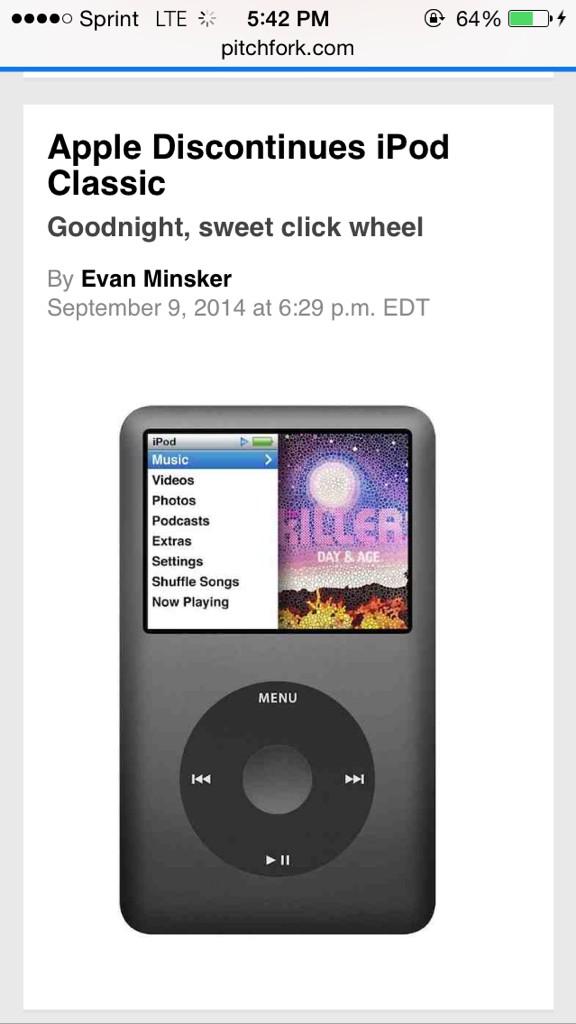Apple has updated its
privacy policy
as part of the rollout of iOS 8, announcing that devices with the
latest version of the operating system installed can no longer be
accessed by the company itself.
Previously, as we reported in May 2014,
if law enforcement came to Apple with a seized device and a valid
warrant, it was able to access a substantial portion of the data already
on an iPad or iPhone. But under the latest version of iOS, even that
will be impossible.
"On devices running iOS 8, your personal data such as photos,
messages (including attachments), email, contacts, call history, iTunes
content, notes, and reminders is placed under the protection of your
passcode," the company wrote on its website Wednesday evening. "Unlike
our competitors, Apple cannot bypass your passcode and therefore cannot
access this data. So it's not technically feasible for us to respond to
government warrants for the extraction of this data from devices in
their possession running iOS 8."
Apple did not immediately respond to requests for further comment.
In an
open letter also published Wednesday, Apple CEO Tim Cook took a direct swipe at Google, its primary mobile competitor.
"Our business model is very straightforward: We sell great products.
We don’t build a profile based on your email content or web browsing
habits to sell to advertisers," he wrote. "We don’t ‘monetize’ the
information you store on your iPhone or in iCloud. And we don’t read
your email or your messages to get information to market to you. Our
software and services are designed to make our devices better. Plain and
simple."
Data Protection FTW!
The specific technical changes seem to be outlined in a new 43-page document entitled "
iOS Security Guide September 2014," the company’s perfunctory list of changes for each new version of iOS. The previous version of this document, dated
February 2014,
referred to the company’s hardware-based proprietary file and keychain
protection mechanism called Data Protection, which uses 256-bit AES key
and then encrypts every new file created.
Previously, Apple only mentioned one specific company-made
app—Mail—that was protected using this system, while noting that
"third-party apps installed on iOS 7 or later receive this protection
automatically."
Now, however, that section of the September 2014 document
specifically refers to Messages, Mail, Calendar, Contacts, and Photos,
which suggests that Apple has significantly expanded what data on the
phone is encrypted.
Much of the subsequent language in the two documents is nearly identical in both versions:
By setting up a device passcode, the user automatically
enables Data Protection. iOS supports four-digit and arbitrary-length
alphanumeric passcodes. In addition to unlocking the device, a passcode
provides entropy for certain encryption keys. This means an attacker in
possession of a device can’t get access to data in specific protection
classes without the passcode.
The passcode is entangled with the device’s UID, so brute-force
attempts must be performed on the device under attack. A large iteration
count is used to make each attempt slower. The iteration count is
calibrated so that one attempt takes approximately 80 milliseconds. This
means it would take more than 51⁄2 years to try all combinations of a
six-character alphanumeric passcode with lowercase letters and numbers.
There are a few other privacy-minded changes as well.
The September 2014 document also notes that iOS 8 includes an
"Always-on VPN" feature, which "eliminates the need for users to turn on
VPN to enable protection when connecting to Wi-Fi networks."
It also mentions that when an iOS 8 device is not associated with a
Wi-Fi network, and the processor is asleep, the device uses a randomized
Media Access Control address.
"Because a device’s MAC address now changes when it’s not connected
to a network, it can’t be used to persistently track a device by passive
observers of Wi-Fi traffic," the document also states.
Finally, Apple also highlighted a new secure addition in Mail.
"Mail leverages certificates for authenticated and encrypted Mail by
supporting S/MIME, which, as of iOS 8, permits per-message S/MIME, so
S/MIME users can choose to always sign and encrypt by default, or
selectively control how individual messages are protected," Apple wrote.







